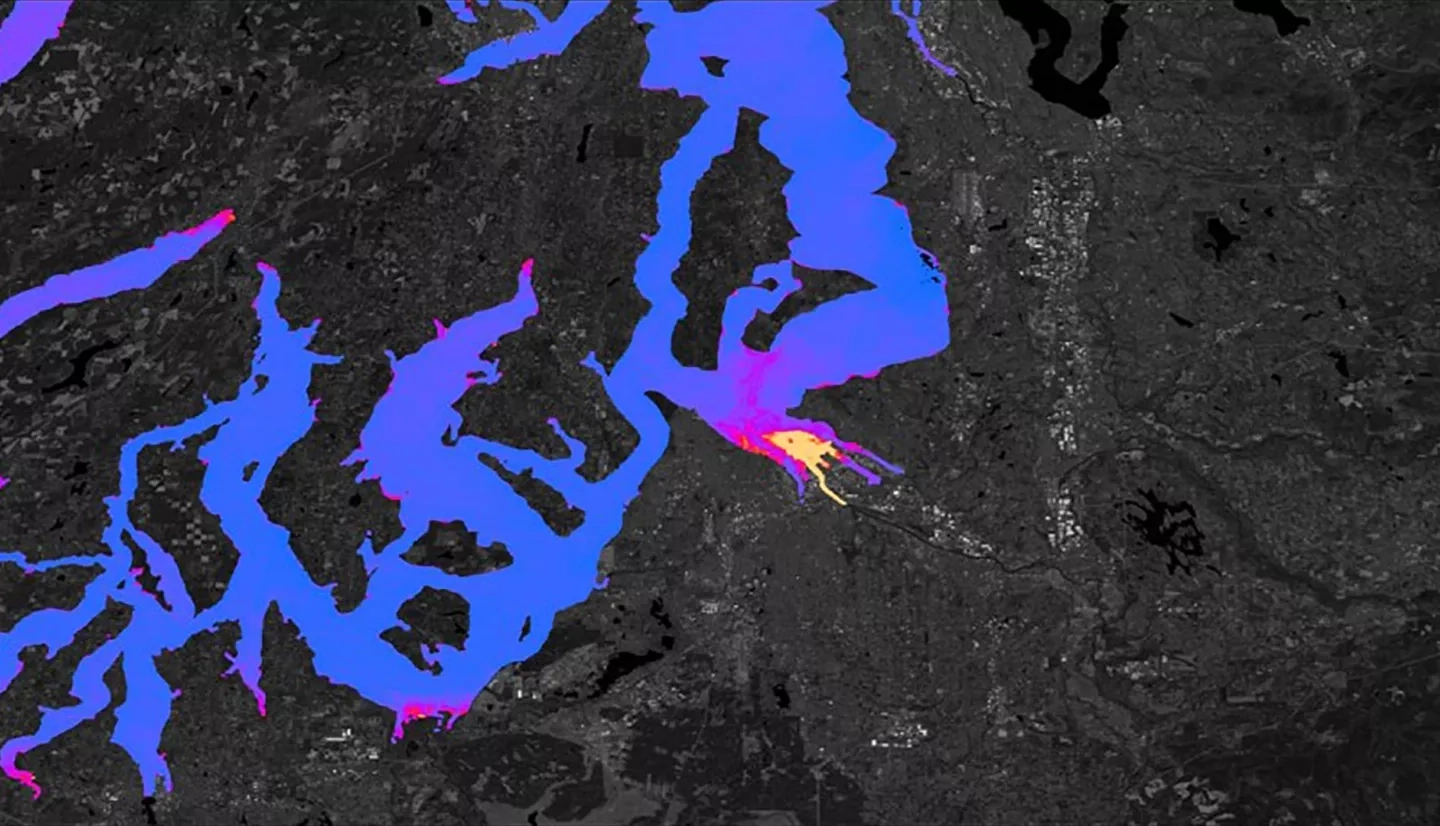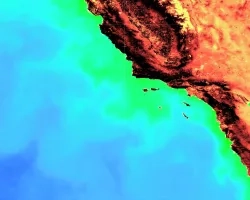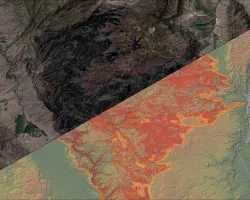
Dissolved oxygen levels have been declining in the Puget Sound since 2000 due to eutrophication, resulting in harmful algal bloom (HAB) events, which negatively impact water quality and wildlife in the area. Therefore, analyzing and identifying eutrophication and hypoxic events is important for water quality control and watershed management. The Puget Sound Water Resources team partnered with the Pacific States Marine Fisheries Commission (PSMFC) Habitat Program to create a HAB Factors Identification Tool, a HAB Hotspots Map, and a HAB Time Series Analysis using data from Sentinel-2 MultiSpectral Instrument (MSI), and Landsat 8 Operational Land Imager (OLI) from 2010–2017. The team validated the products with water temperature, turbidity, salinity, and chlorophyll-a concentration data collected from buoys located in the Puget Sound. Results will assist the PSMFC Habitat Program to fill geographic and temporal data gaps and to enhance local decision-making practices and management of water resources.



